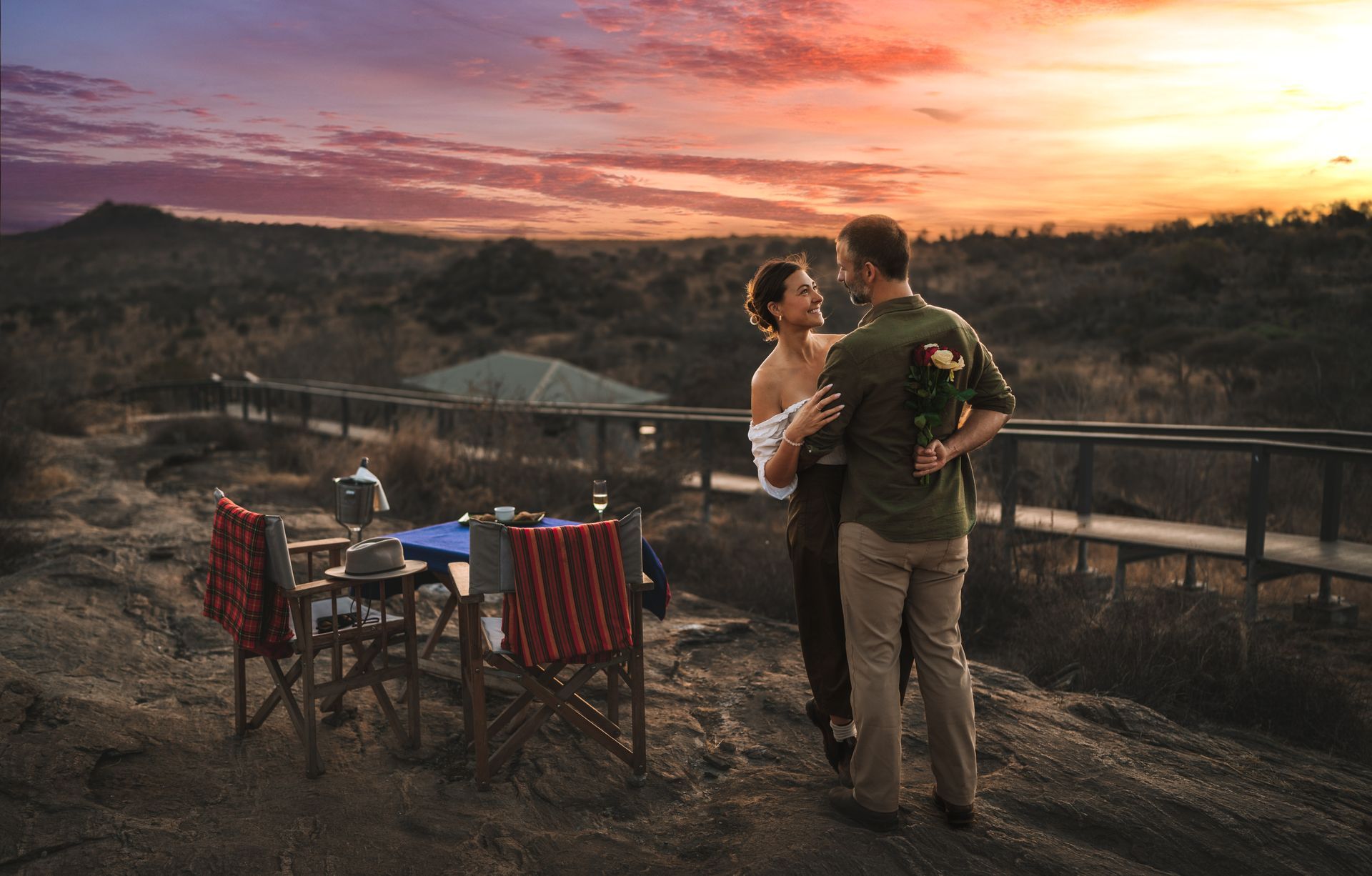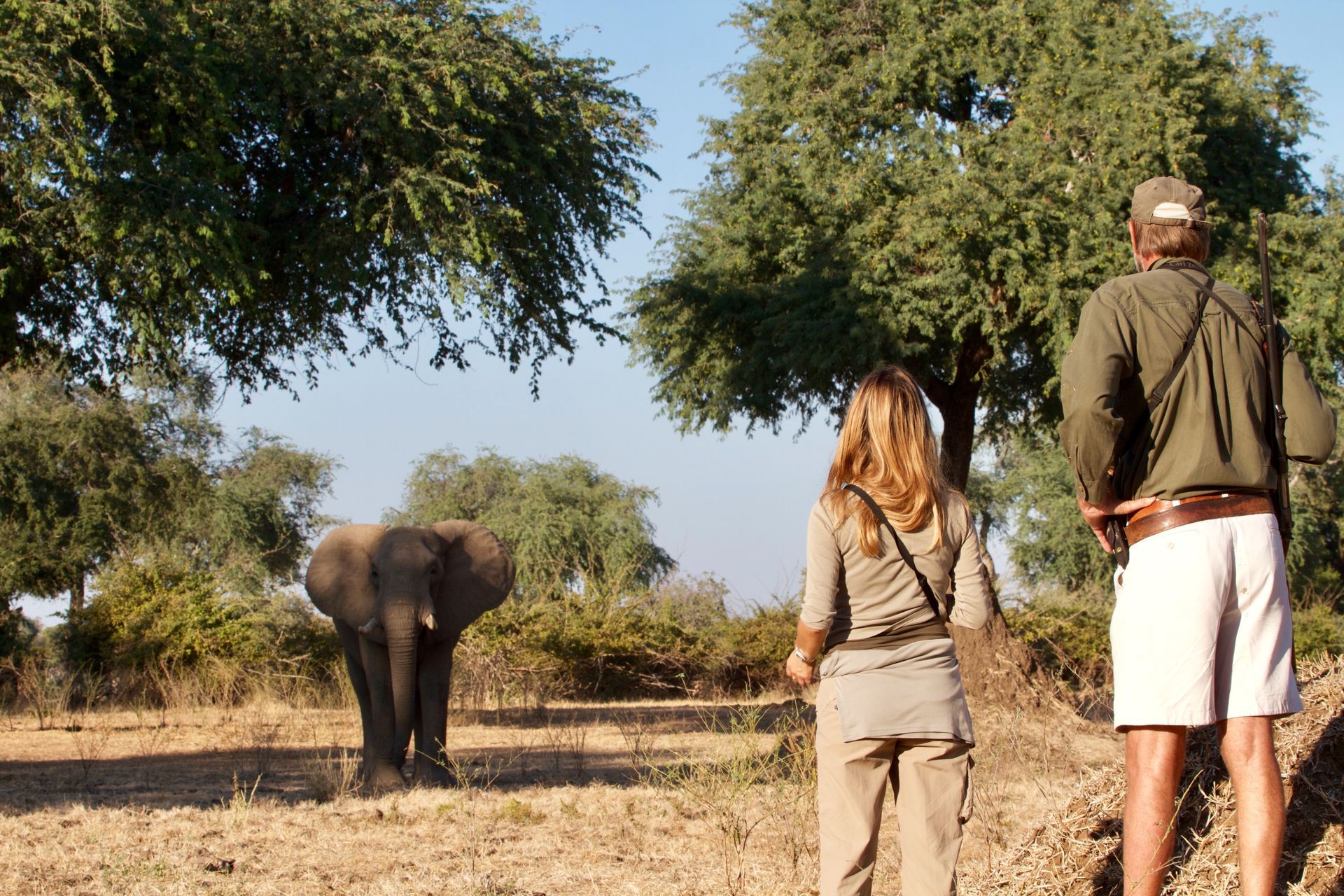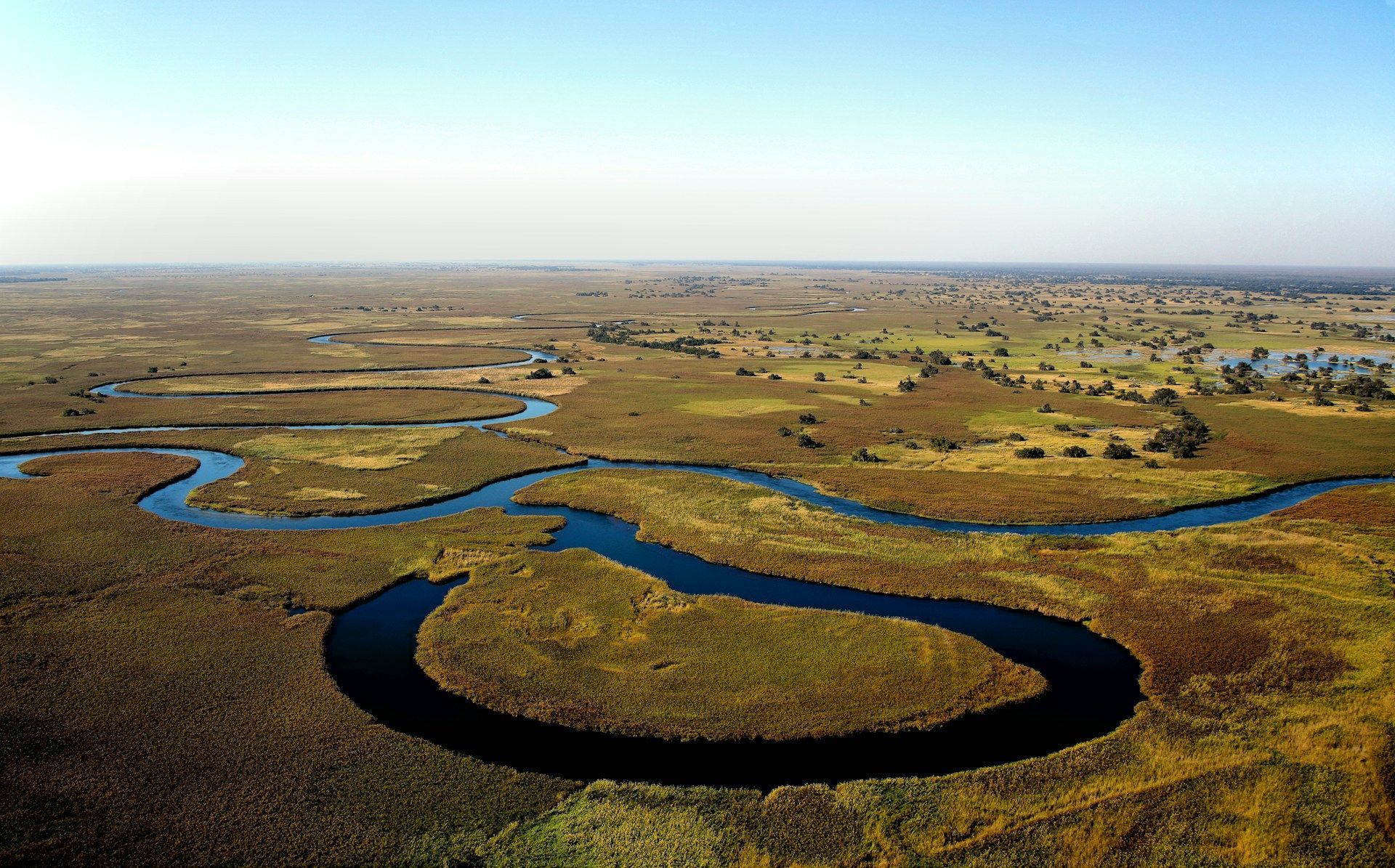The Great Wildebeest Migration: Serengeti or Masai Mara?
Your guide to witnessing the world’s greatest wildlife spectacle
The Great Wildebeest Migration is Africa’s greatest wildlife spectacle, a year-long circular journey of more than a million wildebeest, accompanied by zebras, gazelles and the predators that follow them. It is the heartbeat of East Africa's Serengeti–Mara ecosystem, a rhythm of movement and survival that defines East Africa’s wilderness. But while this migration is one continuous natural phenomenon, the experience of witnessing it differs profoundly depending on whether you find yourself in Tanzania’s Serengeti or Kenya’s Masai Mara. Both are magnificent, yet each reveals a different mood of the wild. Let's find out more...

The Serengeti: where the story begins
In the Serengeti, the migration feels ancient, sweeping and endless. This is where the herds are born and where the story begins each year. Between January and March, the southern plains of the Serengeti and the Ndutu region burst into life with the calving season. Hundreds of thousands of wildebeest calves take their first steps across the green grasslands, bringing an almost electric sense of renewal.
The predators are never far away. Lions, hyenas and cheetahs watch from the acacia shade, alert to the vulnerability of new life. The drama is raw and immediate, but so too is the feeling of space. The Serengeti is vast and boundless, and even in the height of the migration you can drive for hours without seeing another vehicle. It is a place that invites stillness as much as excitement, a wilderness that feels timeless.
Life and death on the Grumeti River
As the months move on, the herds follow the rain and the promise of fresh grazing, heading north and west. In May and June they gather in the Grumeti region, crossing its crocodile-filled river in surging, chaotic bursts. These crossings are less photographed than those of the Mara River, but no less thrilling.
Here, in the quieter corners of the Serengeti, the sense of discovery is profound. You may be the only witness to the crossing, watching in silence as the river churns with life and death. This is the Serengeti at its purest: raw, remote, and astonishingly beautiful.
The Masai Mara: nature’s grand theatre
By July, the herds are moving towards the border with Kenya, spilling into the Masai Mara and transforming its golden plains into a living tide of movement. The Masai Mara is smaller and more intimate than the Serengeti, which makes the migration feel more concentrated, more intense.
The famous Mara River crossings are the main event here, where thousands of wildebeest gather on the banks, hesitating before plunging into the murky, crocodile-filled waters. The air is thick with dust and tension. When they finally leap, the sound of hooves and splashing water becomes a thunder that vibrates through the ground. It is nature’s drama at its most visceral.
A closer stage, a wilder crowd
The Mara is also a paradise for predators, and this is where you’ll find some of Africa’s highest densities of big cats. Lions stalk the herds across the plains; cheetahs sprint through the grass; leopards lurk in the riverine trees. Because the reserve and surrounding conservancies are more compact than the Serengeti, you seldom have to travel far to encounter wildlife. Every drive feels rich with possibility, and even short safaris deliver extraordinary sightings. The Mara is, in many ways, the migration distilled – a perfect stage for its fiercest scenes.
Yet with accessibility and concentration come crowds. During the height of the migration season, the main crossing points of the Mara River can draw dozens of vehicles, and some of the intimacy can be lost.
This is why private conservancies adjoining the Masai Mara National Reserve are such an appealing alternative. They offer the same landscapes and wildlife, but with far fewer vehicles and the flexibility to explore on your own schedule. For many travellers, this balance between action and exclusivity makes Kenya’s side of the migration particularly rewarding.
The Serengeti’s gift of space
In contrast, the Serengeti offers more space. Its immensity means that even in the busiest months, you can still find your own pocket of wilderness. The landscapes shift constantly, from endless grass plains to wooded valleys, granite kopjes and sweeping rivers.
It feels like a land with no edges, where the migration is not a spectacle to be observed, but a living process that you become part of. Here, the experience is slower, deeper, more meditative. You learn to follow the weather, to understand the movements of the herds and the rhythms of their world.
Choosing your migration experience
Choosing between the two is less about which is better, and more about what kind of safari experience you seek. If you crave the raw theatre of river crossings, the power of predators in pursuit, and the immediacy of action, the Masai Mara in peak season is unparalleled. If, however, you are drawn to space and to witnessing the migration as part of a broader, ever-changing ecosystem, the Serengeti is the place to be.
Ideally, you would experience both – beginning in the southern Serengeti during the calving season, then following the herds north through Grumeti and into the Mara as the dry season unfolds.
Honouring an ancient rhythm
The Great Wildebeest Migration is not just a journey of animals, but a journey of emotion. It reminds us that survival is both fragile and resilient, that life is constant motion. Whether you stand on the Serengeti plains as the first calves take their wobbly steps, or watch the wildebeest launch themselves into the Mara River in a frenzy of instinct and fear, you will feel it – that pulse of wild Africa that humbles and exhilarates in equal measure.
At Ubon Safari, we believe that to witness this natural wonder is a privilege that carries responsibility. We are steadfastly against over-crowding and unethical safari practices that distress wildlife or disrupt the herds’ natural behaviour.
For countless millennia the wildebeest have followed these ancient pathways unimpeded, shaping the very ecology of East Africa. Our role is to honour that movement, to protect its rhythm, and to ensure that every safari we create allows travellers to experience the migration in a way that is ethical, authentic, and profoundly respectful of the wild.







